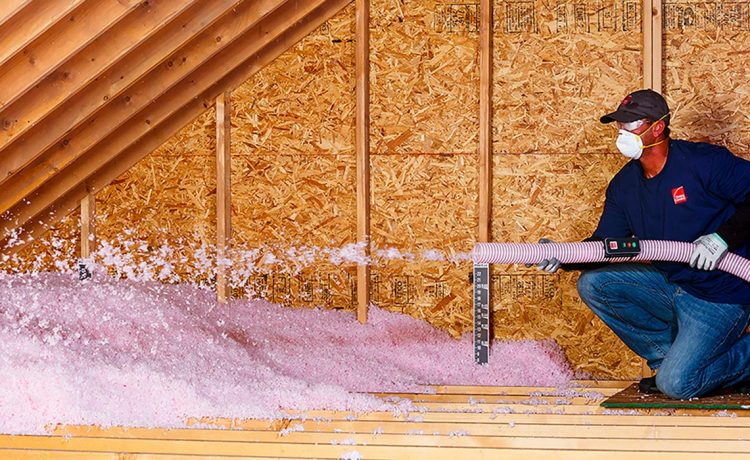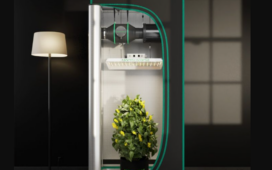Installing insulation in your home is one of the best ways to make it more energy efficient and comfortable all year round. Insulation installed in the ceiling, walls, underfloor and between floors of a double storey home will help reduce heat loss in winter and heat gain in summer.
The best time to install insulation is during the construction or renovation phase – but should you do it yourself or hire a professional installation installer? In this article, we will explore the benefits of DIY installation and the advantages of hiring a professional so that you can make the right choice for your project.
What are the benefits of DIY insulation installation?
Some people decide to install insulation themselves instead of hiring a professional. With the right amount of research and the correct equipment, DIY installations are possible. Many modern insulation products are easy to handle, soft to touch and appropriate for DIY projects.
The main advantage of a DIY installation is that you can save on labour costs. When building or renovating a house on a tight budget, installing insulation yourself may help you keep your overall costs down.
However, there are a range of other factors at play, not just price, and it’s important to weigh these up when deciding if a DIY or professional installation is best for you. Read on to find out the advantages of hiring a professional to get the job done.
Get help choosing the right products
There are a lot of insulation products on the market, and deciding which ones are right for you can be tricky if you have no experience. Insulation installers not only provide the actual installation services, they often also source the insulation products for you too.
This means they can advise which products would work best for your needs and the type of home you have. That may include advising you on which R Value you should get, whether you should invest in acoustic insulation or which brands are reliable.
Installers may carry out an on-site inspection before the installation to ensure you have the ideal products for the type of home. They will be able to advise you which areas of the home are most in need of insulation and can provide cost estimates to help you with your budgeting.
They may also inspect the state of any existing insulation if it is a retrofit project. In some cases, new insulation may be installed on top of old insulation to boost the overall R Value. However, if old insulation is damaged, mouldy or infested it will need to be removed completely before installation.
Get a higher level result
There are a lot of details that need to be done right when it comes to installing insulation. If you have no experience, you run the risk of doing something wrong and not getting the best level of insulating power from the insulation. That means reduced energy efficiency for your home and less opportunities to save on your power bill.
When installing insulation, there shouldn’t be any gaps between insulation batts where air can escape but appropriate clearances around downlights and ventilation need to be maintained. If bulk insulation is compressed during installation it can significantly reduce its effectiveness.
Professional installers have the knowledge and the right equipment to ensure a high level result, including getting insulation into hard to reach areas. Hiring a professional often means better results and a greater return on your investment.
Ensure you’re compliant with Australian Standards
In Australia, there are certain rules and regulations about the way insulation should be installed in homes. These regulations are outlined in the Building Code of Australia.
For example, bulk insulation, such as insulation batts or rolls, must be installed in compliance with AS399: Thermal Insulation of Dwellings. Reflective foil insulation must comply with the regulations in AS1904: Code of Practice for Installation of Reflective Foil Laminate in Buildings. There are also regulations around electrical wires that are covered or encased by insulation.
Understanding what the regulations are and how to carry them out properly can be challenging if you don’t have the time or knowledge. A professional installer will be aware of and up to date with any relevant Australian regulations and ensure that the installation process in your home is compliant.
Maximise health and safety
Installing insulation comes with a number of health and safety risks that need to be understood carefully before you begin the project. A professional installer will understand the inherent risks and use appropriate equipment and procedures to ensure a safe installation.
Some of the risks involved in installing insulation include:
- Electrical shocks and burns from exposed or damaged wiring.
- Fires caused by not enough clearance around downlights.
- Dangerous materials and substances, especially in older homes.
- Fibres from the insulation may cause irritation to eyes, skin or respiratory tract.
- Heat stress, for example from working in the roof space.
- Physical danger if working at heights or handling bulky insulation in a tight space.
Save time and effort
Installing insulation can be a physically intensive task and may take a long time to complete if it is your first time. Kneeling for an extended time while installing batts in the ceiling can be stressful on your knees and some insulation products may cause itchiness or irritation to your skin, eyes or throat.
A professional installer will handle the hard work for you in a safe and effective manner. They will probably take much less time to install the insulation as well, since they have had a lot of practice. This means you can get on with the next stages of your renovation or construction without delay.
DIY or professional installation – Which one is right for you?
If you have some knowledge and experience with insulation and want to save money on installation costs, you might prefer to do a DIY installation. However, for most people, going with a professional installation is almost always the better choice.
A professional can give you advice about which products are right for you. They’ll install the insulation for maximum performance and ensure a safe and healthy installation that meets all regulations. Plus, they’ll save you time and effort, making sure you get a great return on your investment.














